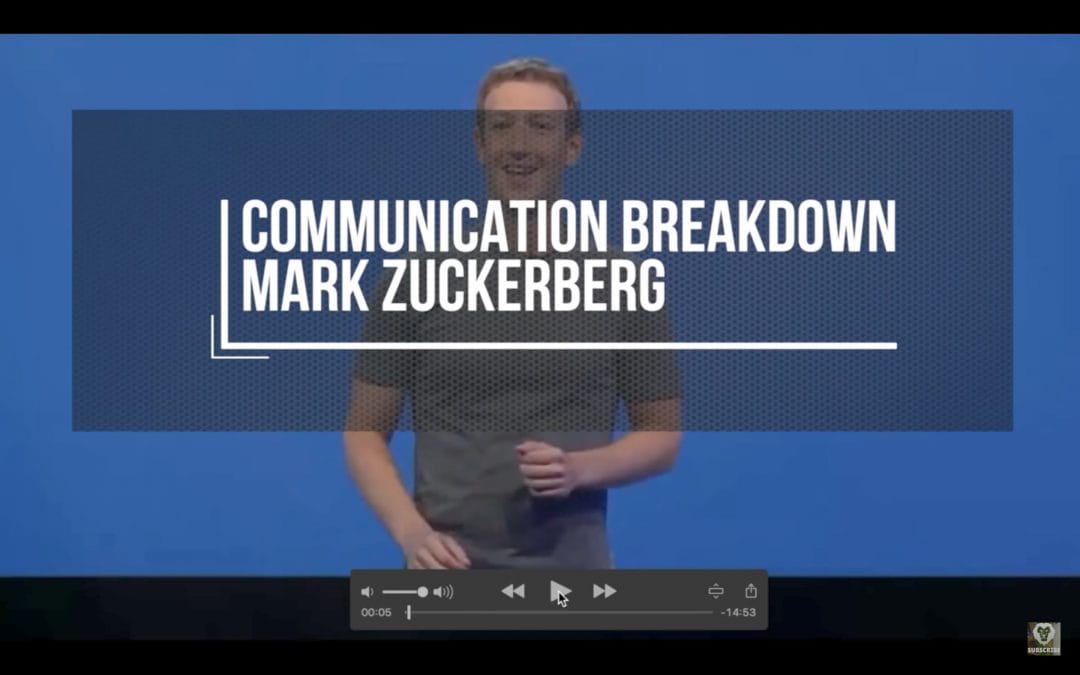The economic landscape in the United States is poised for significant changes as market analysts anticipate the Federal Reserve’s upcoming decision to implement an interest rate cut. This potential move is seen as a strategic response to persistently low inflation and a need to support economic recovery post-pandemic. However, the committee’s projected outlook for 2025 introduces a layer of complexity, as it indicates a potential shift towards a more hawkish monetary stance.
An interest rate cut is primarily aimed at encouraging borrowing and investing by making loans cheaper for consumers and businesses. The Federal Reserve plays a critical role in shaping economic policy through its control over interest rates, which influence various sectors such as housing, manufacturing, and consumer spending. Recent economic indicators suggest that while the recovery has been robust in some areas, challenges remain, particularly in battling inflation rates that have deviated from the Fed’s targets.
Market participants have closely monitored statements and data from the Fed in the lead-up to these anticipated changes. Recent employment reports have shown steady job growth, but inflation continues to pose concerns. The current inflation rate, while showing signs of moderation, still exceeds the Fed’s long-term target of 2%. This persistent inflation underscores the need for a careful approach from the Federal Reserve as it considers its next moves.
In line with these factors, the Federal Reserve has indicated a willingness to adopt a more accommodative stance in the short term. Nonetheless, the outlook for 2025, as projected by the Fed, reflects a commitment to restoring price stability, which may result in higher interest rates in the medium term. This duality in approach—short-term relief for struggling sectors versus long-term inflation control—has led to varying assessments among economists regarding the effectiveness of the Fed’s strategy.
The potential interest rate cut could have significant ramifications for various sectors of the economy. For instance, the housing market, which has seen fluctuating demand, could benefit from lower mortgage rates that usually accompany reduced interest rates. As more prospective buyers enter the market, the housing sector may experience a revitalization, contributing positively to overall economic growth.
Conversely, a cautious approach must be taken regarding financial markets. Lower interest rates generally increase stock market valuations as investors seek alternatives to lower-yielding fixed-income securities. However, if the Fed signals a hawkish 2025 outlook, potentially indicating forthcoming rate hikes, market analysts may react by reassessing investment strategies. This situation could lead to increased volatility in equity markets, as participants digest the implications of shifting monetary policy.
In light of this potential interest rate cut and the 2025 forecast, businesses are urged to prepare for varied economic conditions. Companies that rely on financing to fuel growth may find favorable terms in the short term, allowing them to invest in expanding operations, hiring, or upgrading technology. Conversely, businesses must remain vigilant about a possible increase in interest rates, which could raise their borrowing costs and affect long-term planning.
The Federal Reserve’s policy decisions hence serve as a bellwether for economic sentiment. As market actors recalibrate their expectations, the Fed’s dual strategy emphasizes the importance of maintaining equilibrium between stimulating growth and controlling inflation. A successful navigation of these complex dynamics is critical for sustaining confidence among consumers and investors alike.
Moreover, the broader implications of the Fed’s actions are keenly felt in global markets. Interest rate changes in the U.S. can have ripple effects worldwide, influencing currency valuations, capital flows, and economic policies in other nations. As such, international investors and policymakers will be closely observing how the Fed’s decisions unfold in the coming months.
In conclusion, the Federal Reserve is positioned at a crucial juncture, with the potential to implement an interest rate cut amid a cautious outlook for the future. While immediate relief could foster economic growth, the hawkish stance for 2025 serves as a reminder that inflation control remains paramount. As businesses and consumers adapt to these changes, the ability of the Federal Reserve to manage its policy effectively will be a decisive factor in shaping the economic landscape in the years to come.



